Wednesday, Jan. 20, 2010
By TAKAHIRO FUKADA
Staff writer

Grand tour: Tourists take in the Imperial Palace gardens near the moat and Niju-Bashi Bridge. YOSHIAKI MIURA PHOTO
History abounds in cultural and religious preserve in heart of metropolis
Like a nature reserve surrounded by Tokyo's concrete jungle, the Imperial Palace, or Kokyo, home to the Emperor and Empress, is a moated, otherworldly forested expanse where once stood a castle.
The castle housed generations of Tokugawa shoguns during the Edo Period (1603-1867).
The grounds now thrive with nature.
Just minutes on foot from Tokyo Station, the palace's Niju-Bashi Bridge is a major tourist draw and subject for photographers in the metropolis.
Following are questions and answers about the Imperial Palace:
How is the palace complex composed?
The palace, other structures and grounds make up 1.15 million sq. meters, or about 25 times the area of Tokyo Dome. The estate in divided into three blocks, according to "Zusetsu Koshitsu no Subete" ("All about the Imperial Family"), by the Gakken Group.
The central block encompasses the main palace, where Emperor Akihito and Empress Michiko conduct official duties and ceremonies are held, and the Imperial Household Agency.
The Imperial Couple's residence is in an adjacent block, Fukiage Gyoen, which also includes the Fukiage Omiya Palace, where Emperor Hirohito (known posthumously as Showa) and Empress Kojun resided. The block also has Shinto shrines where the Emperor engages in private religious rites.
The East Gardens make up the third block, which includes the Imperial Concert Hall and Museum of the Imperial Collections.
The palace grounds and structures basically belong to the nation, while the Imperial family owns the shrines, according to the agency.
What animal and plant life can be found on the grounds?
According to the agency, the National Museum of Nature and Science found in 2000 a total of 3,638 animal species and 1,366 different plants. Of all the large trees in the capital, 20 percent are believed to be within the palace grounds.
New finds by researchers include sow bugs, endangered species, including Ranunculus ternatus Thunb, and species once believed extinct in the capital.
The Imperial Couple's residence is surrounded by thick woods. The book "Nihonno Koshitsu" by royal journalist Yasushi Kunoh attributes the abundance of nature to Emperor Hirohito, who liked to research plant and marine life.
According to the book, the late Emperor used to say no plant on Earth should ever be called a "weed."
The agency said it does not in principle use pesticides. It allows foliage to fall naturally and workers stack branches and leaves to create insect habitats.
The book also says parts of the forest are so thick that inexperienced agency staff occasionally get lost.
How are subway lines affected by the palace's central location?
According to Tokyo Metro Co., which operates subway lines in the capital, none run underneath the palace, although some skirt the grounds.
Tokyo Metropolitan Government officials said they cannot find any historical record indicating whether the palace and its grounds, and the land under them, were ever legally off-limits to underground rail lines.
Railways and stations were instead situated where local governments assessed they were in most demand, said the officials, including one who noted that because there are no neighborhoods or businesses on the palace grounds, there is no need for a station there.
Can the public use the Imperial Household Agency hospital inside the palace?
The hospital is primarily for members of the Imperial family, the Imperial Guard and the agency, but relatives of the latter groups or outsiders given official introduction can also access the facility, Kunoh's book and the agency say.
Imperial family members, who do not have public health insurance, don't have to pay for medical treatment at the 20-bed hospital, whose departments include internal medicine, surgery, obstetrics and gynecology, ophthalmology, otolaryngology, dermatology, urology, dentistry and radiology. There are seven regular doctors on staff and four part-timers.
How much is the palace real estate worth?
A real estate agent nearby told The Japan Times that the palace property is probably the highest-priced in Tokyo, and thus in all of Japan.
While property prices in the Ginza and Shinjuku commercial districts range from around ¥30 million to ¥40 million per tsubo, or about 3.3 sq. meters, the agent estimated the palace equivalent would be around ¥50 million.
The palace is regarded in the real estate industry as a benchmark for land prices in Tokyo, the agent said. The farther away from the palace, the lower the land prices.
"But I do not think the (palace land) would ever be put up for sale," he said.
Is it true the palace grounds once included a golf course?
Although the agency would not confirm this, Kunoh's book says Emperor Hirohito enjoyed golf and had a nine-hole course created on the grounds before the war. He stopped playing when hostilities escalated and allowed the links to return to nature.
A forest now stands on the site, the book says.
Is it also true the Imperial Guards can compose traditional poems, engage in flower-arrangement and conduct tea ceremonies?
Yes. Imperial Guard recruits are taught how to compose tanka, calligraphy, flower-arrangement and tea ceremony.
The purpose of learning these arts is to cultivate aesthetic sensitivities and to understand what members of the Imperial family feel when they write poems. The guards thus are also guardians of the country's culture and tradition.
Some freshmen guards take a strong liking to poetry and composing, according to their headquarters.
Have there been any recent events of note at the palace?
Late last year the Emperor had an audience with Shizuka Kamei, the financial services minister and leader of Kokumin Shinto (People's New Party), a small member of the ruling bloc.
News reports said Kamei urged the Emperor during a luncheon to move to Kyoto, the ancient capital, or Hiroshima Prefecture, Kamei's home district. Kamei said it is not appropriate for the Emperor, who wields no powers over the government, to live at the site of Edo Castle, the symbol of power.
The Emperor reportedly merely told Kamei that he likes Kyoto.
Does the Imperial Palace accept visitors?
Yes. The Imperial Household Agency offers free tours of the palace.
The 2.2-km walking tours generally take place on weekdays starting at 10 a.m. and 1:30 p.m. and last approximately 75 minutes, the agency said.
Visitors can view the Lotus Moat, palace buildings and Niju-Bashi Bridge.
After entering the grounds, visitors are taken to a waiting room to view a video about the palace.
The accompanying audio guide is available in English, the agency said.
Those seeking a visit must apply in advance.
For information, call (03) 3213-1111 or visit the Web site sankan.kunaicho.go.jp/english
 TAIPEI, Taiwan -- The Los Angeles Dodgers have signed Taiwanese pitcher Kuo Hong-Chih to a one-year deal that will pay him US$975,000 in 2010, the Major League Baseball club's Web site reported Wednesday.
TAIPEI, Taiwan -- The Los Angeles Dodgers have signed Taiwanese pitcher Kuo Hong-Chih to a one-year deal that will pay him US$975,000 in 2010, the Major League Baseball club's Web site reported Wednesday. 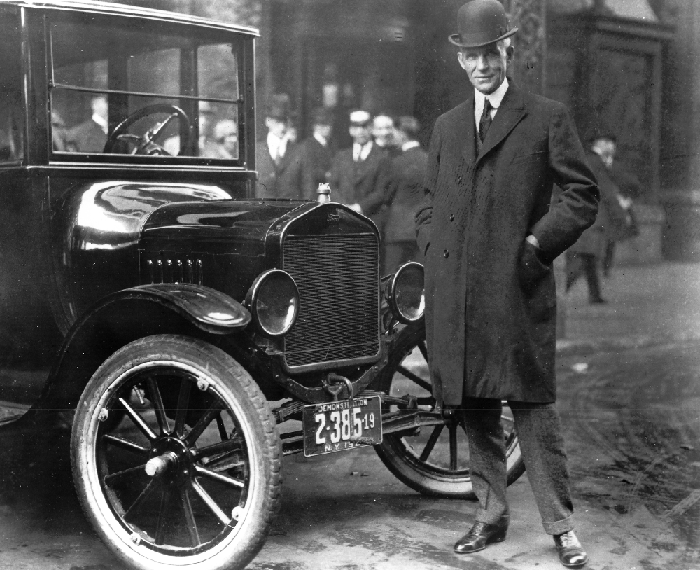

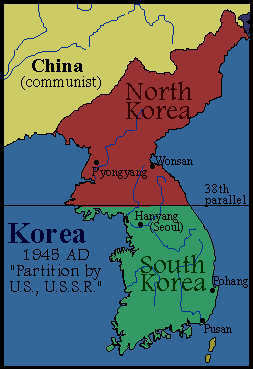 Defense Minister Kim Tae-young yesterday said Seoul would have to conduct "preemptive" strikes if it detects signs of possible nuclear aggression from North Korea.
Defense Minister Kim Tae-young yesterday said Seoul would have to conduct "preemptive" strikes if it detects signs of possible nuclear aggression from North Korea.  BAIDU Inc has taken legal action against a United States domain service provider for compensation over a hacker attack last week. China's leading search engine provider said in a statement yesterday that last week's malicious attack was due to the negligence of Register.com, and it has filed a lawsuit at a court in New York.
BAIDU Inc has taken legal action against a United States domain service provider for compensation over a hacker attack last week. China's leading search engine provider said in a statement yesterday that last week's malicious attack was due to the negligence of Register.com, and it has filed a lawsuit at a court in New York.  Land, Infrastructure, Transport and Tourism Minister Seiji Maehara has raised questions about whether Japan needs two mega air carriers when he met with the press regarding the legal liquidation of Japan Airlines (JAL).
Land, Infrastructure, Transport and Tourism Minister Seiji Maehara has raised questions about whether Japan needs two mega air carriers when he met with the press regarding the legal liquidation of Japan Airlines (JAL).

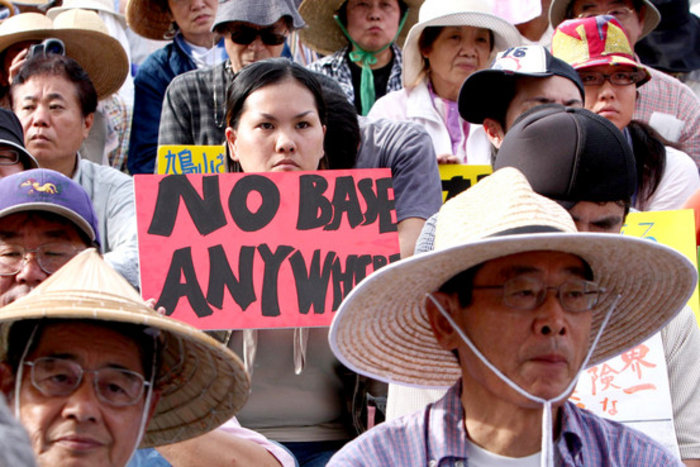
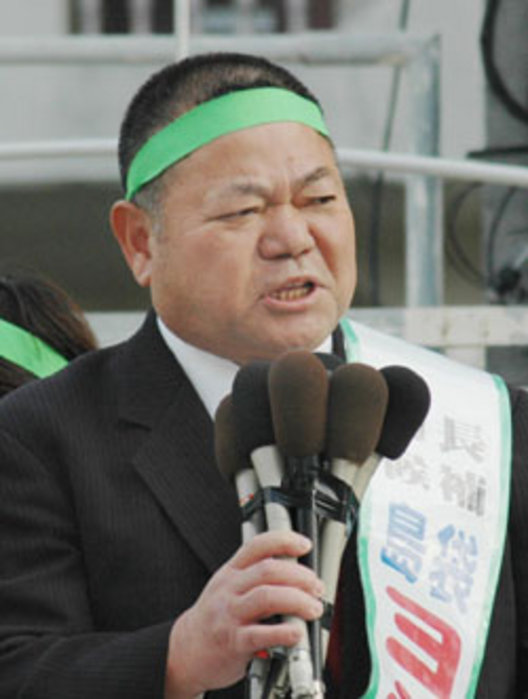
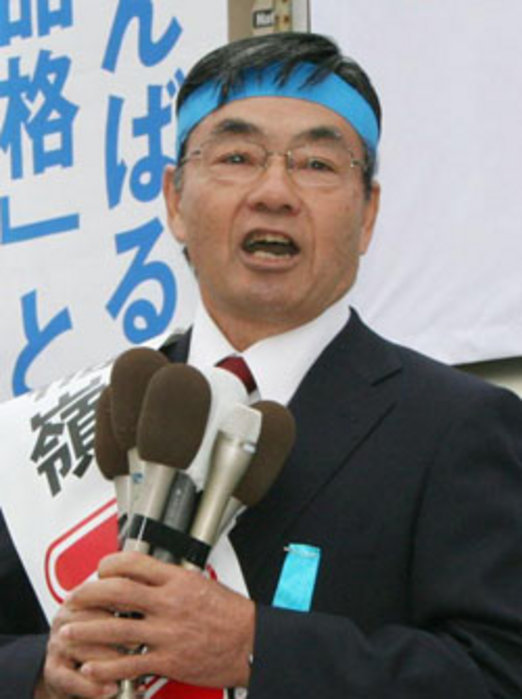








 SAN FRANCISCO — An American computer security researcher has found what he says he believes is strong evidence of the digital fingerprints of Chinese authors in the software programs used in attacks against
SAN FRANCISCO — An American computer security researcher has found what he says he believes is strong evidence of the digital fingerprints of Chinese authors in the software programs used in attacks against 
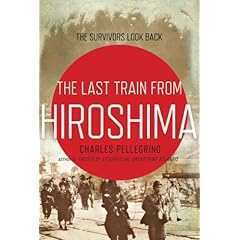

 At the entrance to a Tokyo fashion boutique a tall Japanese man holds open the doors for the shop's female customers. The young man is tall, well-built and handsome, sports black hair cut in the latest fashion, perfect skin, a cool look and is always impeccably polite. Just like the ladies like it.
At the entrance to a Tokyo fashion boutique a tall Japanese man holds open the doors for the shop's female customers. The young man is tall, well-built and handsome, sports black hair cut in the latest fashion, perfect skin, a cool look and is always impeccably polite. Just like the ladies like it.



